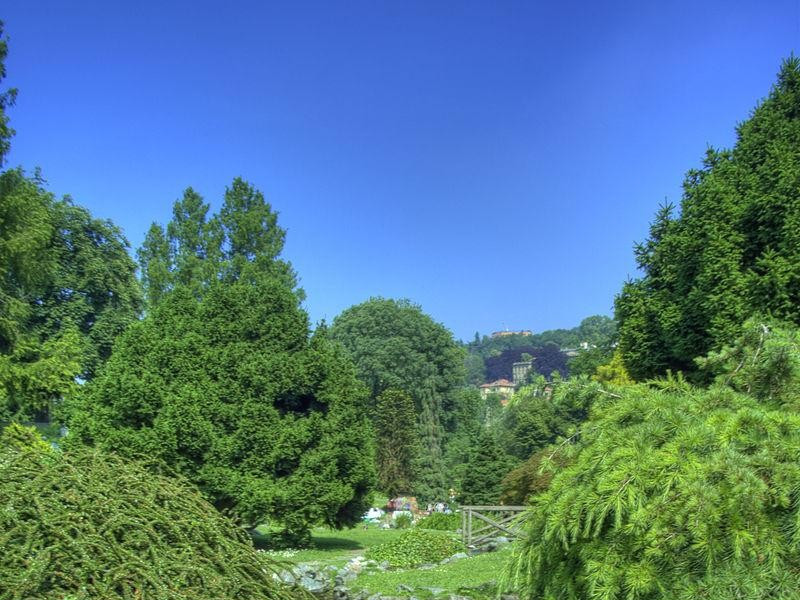Parco del Valentino
Valentino Park is the most famous public park of Turin, located along the banks of the Po. The origin of the name dates back to the early Roman settlements: it seems that already between 176 and 273 there was an ancient chapel dedicated to St. Valentine, within which was kept a part of the relics of the patron Saint of lovers (then transferred to the nearby church of St. Vito, beyond the river). The area was inhabited by the nobles Birago, who built a villa; then, by Emanuele Filiberto di Savoia. In 1630-1660 was erected the Valentino Castle (declared "World Heritage" by UNESCO, in 1997), an impressive building by Carlo and Amedeo di Castellamonte, used as a summer residence. In the nineteenth century began the work of change according to the romantic landscape, project by Barrillet-Dechamps. During the Italian Universal Exhibition of 1884, was made the picturesque Medieval Village (now used for exhibitions and events) in the southern part of the Park, designed by Alfredo d'Andrade: faithful reproduction of Piedmont and Valle d'Aosta architectural styles of the Middle Ages, complete with accessible rock. the Valentino Park is home to many artistic works, including: the "Ceppi Fountain" (or "Fountan of the Twelve Months", 1898), a large tub surrounded by Rococo statues representing the months of the year; the "Valentino Arch" (popularly known as the "Triumphal Arch"), located at the northern entrance, in 1930, and dedicated to the weapon of Artillery; the "Equestrian Statue of Amadeus I" , first Duke of Savoy-Aosta; the "Statue of Massimo d'Azeglio," and other works dedicated to famous men.


